

HOTSPOT -
You are reviewing the data model shown in the following exhibit.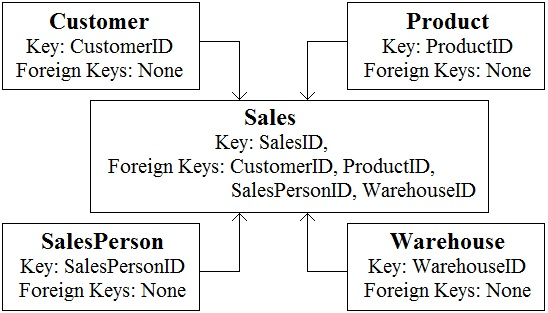
Use the drop-down menus to select the answer choice that completes each statement based on the information presented in the graphic.
NOTE: Each correct selection is worth one point
Hot Area: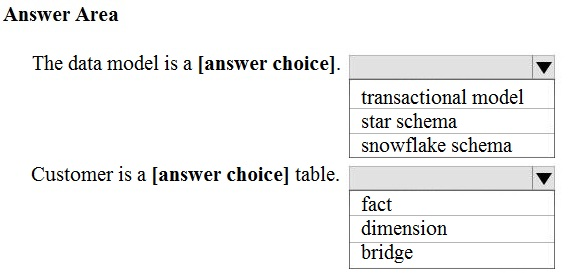
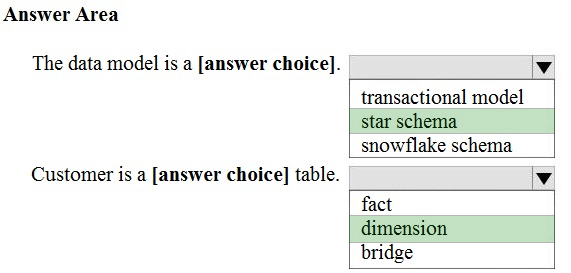
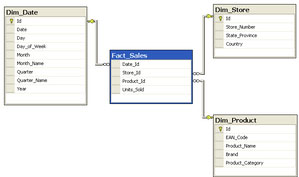
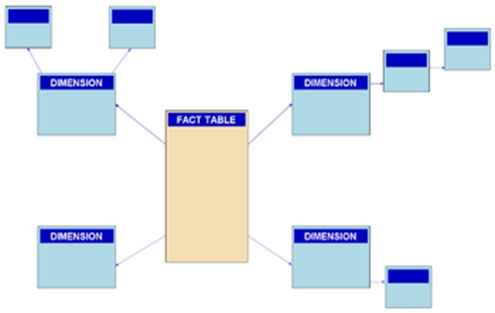
chaudha4
Highly Voted 3 years, 6 months agoMerci93
1 year, 7 months agoCyLa
3 years, 1 month agoAVP_Riga
3 years, 4 months agoDrCloud
3 years, 4 months agoyeanlingmedal71
Highly Voted 3 years, 5 months agoAGTraining
Most Recent 8 months agochiiiweiii
1 year, 7 months agoxRiot007
2 years, 3 months agoEltooth
2 years, 3 months agocj_kuo
2 years, 7 months agoCyLa
3 years, 1 month agoArmandoo
3 years, 4 months agomar765
3 years, 4 months agoBertieT
3 years, 3 months agoDeepMoon
3 years, 5 months ago